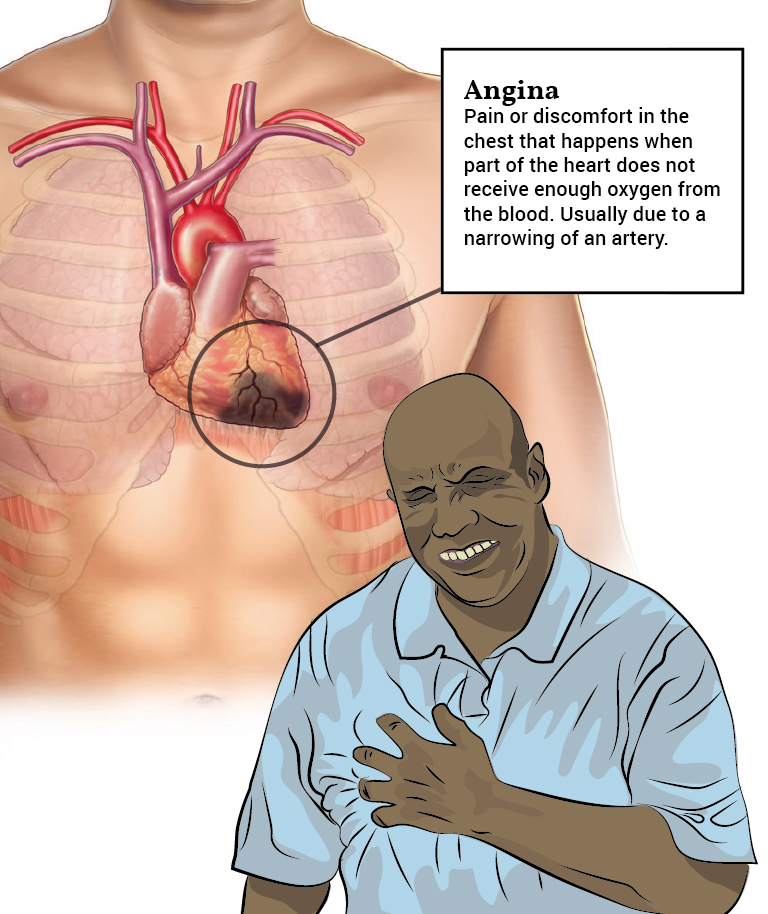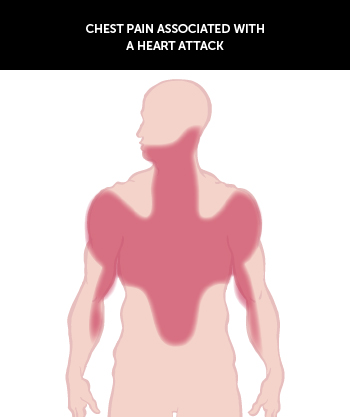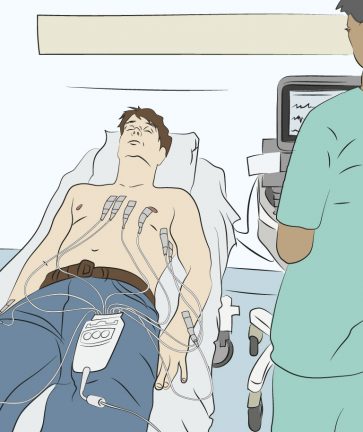Signs and symptoms
Patients experiencing a non ST elevated myocardial infarction (NSTEMI) typically present with precordial or retrosternal chest pain that is commonly described as heavy, crushing or burning and radiates to the neck, jaw or arms at rest (Roebuck A and Farrer M, 2005). Patients can also experience back pain. Pain tends to persist for more than 15 minutes and can be accompanied by nausea, clamminess, vomiting and dyspnoea.
UA has a similar presentation to an NSTEMI but occurs when the patient is at rest or with minimal exertion. The duration of pain associated with UA tends to be shorter than NSTEMI.
Importantly the presenting symptoms of NSTEMI and UA cannot be distinguished from an ST Elevated Myocardial Infarction (STEMI) without confirmation based on a 12 lead ECG.
Medical treatment
In acute care settings the priority should be an accurate, comprehensive and rapid assessment of the patient’s presenting symptoms in order to instigate evidence based treatment options. This includes 12 lead ECG, physical examinations, risk factor profile and blood tests for cardiac enzymes.
Patients diagnosed with UA/NSTEMI require the following interventions as a matter of priority:
- Intravenous Analgesia (morphine or diamorphine) to be given by an appropriate trained healthcare professional
- Nitrates
- Aspirin
- Clopidogrel
- Heparin
- Beta blockers
| Exercise: Reflection task |
|---|
| Explain the nursing care that a patient requires when admitted to hospital with chest pain. |
| Exercise: Complete the sentence |
|---|
| When making a diagnosis of UAP and NSTEMI, how can this sentence be right? |






